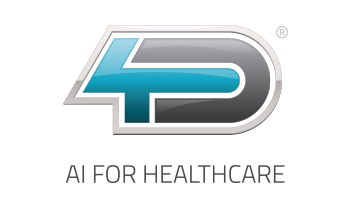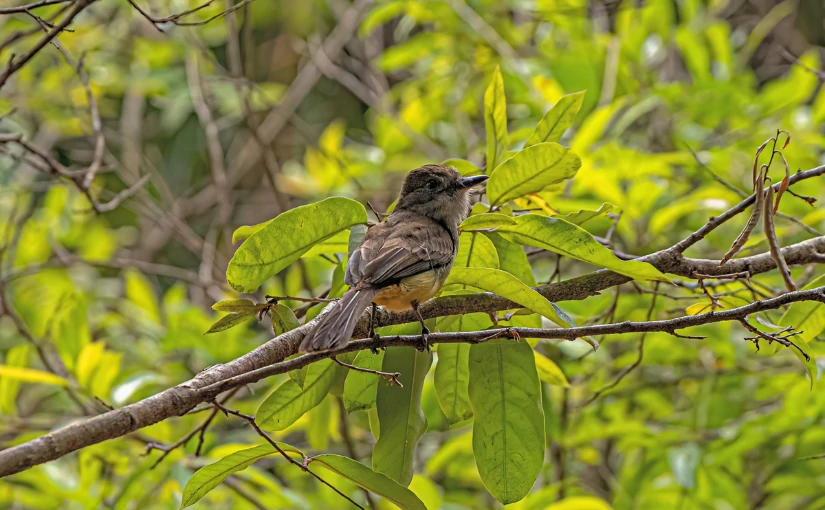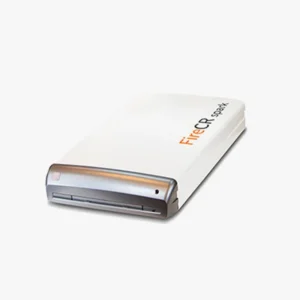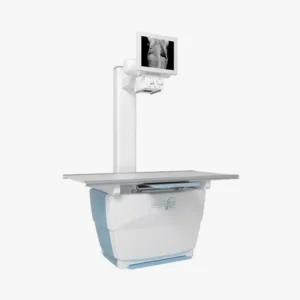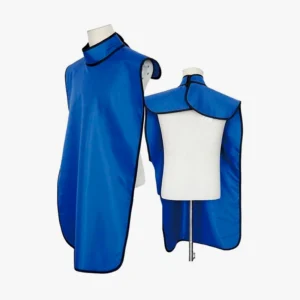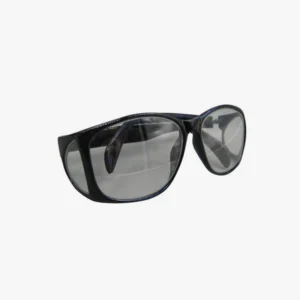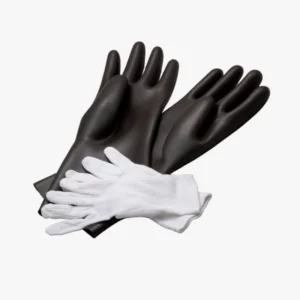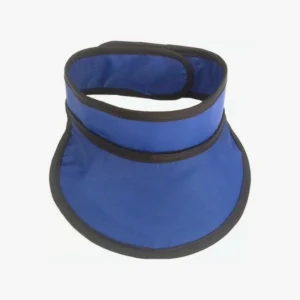4D Medica has collaborated with the Burgos and Valladolid Wild Animal Recovery Centersproviding medical equipment in the area of image diagnosis in the field of veterinary radiology. At present, in Castilla y León, there are three Wild Animal Recovery Centers (CRAS) in the provinces of Valladolid, Burgos and Segovia and two Wild Animal Reception Centers (CRF) in the provinces of Zamora and Salamanca. All of them are part of the network of wildlife care centers of the Natural Heritage Foundation of Castilla y León.
The CRAS have the primary function is to care for and recover injured wildlife species. with the aim of rehabilitating them and reintroducing them into their natural habitat. According to the Regional Ministry of the Environment, the last year has closed with record figures in the CRAS. Throughout 2024, a total of 8,600 specimens have been cared for in the network, an increase of 22%.
Among the different CRAS of the Community, Burgos and Valladolid are the provinces with the highest percentages of specimens received. According to data from the Junta de Castilla y León, Burgos has a total of 1,402 animals attended and Valladolid has 1,376 animals, representing 28% and 21% of the entries respectively.
The collaboration between 4D Medica and the animal recovery centers of Burgos and Valladolid arises through a public bidding by the Junta de Castilla y León (Castilla y León Regional Government). In this project, we have supplied different X-ray equipmentas well as protective equipment for professionals in the veterinary field.
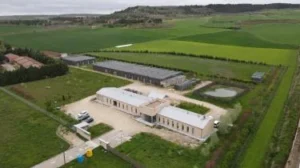
The Burgos and Valladolid Wild Animal Recovery Centers
The Wild Animal Recuperation Centers in Burgos and Valladolid are managed by the Junta de Castilla y León and play a fundamental role in the wildlife protection, conservation and recovery. They are responsible for the care and rehabilitation of injured, sick or vulnerable wildlife, to later reintroduce them into their natural habitat.
The CRAS de Burgos was inaugurated on March 25, 2015. and is located in the town of Albillos, Burgos. Its facilities have more than 16,300 m² within a 47,000 m² plot of land and allow it to take care of a total of 100 birds and 25 mammals simultaneously. It is the largest recovery center in the Community of Castilla y León, making it a reference point for the provinces of Burgos, Palencia and Soria. For its part, the Wild Animal Recovery Center of Valladolid has been working with wildlife since 1989..
What are the main functions of recovery centers?
The CRAS of Burgos and Valladolid play an essential role in the specialized care of wildlife. In turn, they collaborate with institutions and scientific research projects on environmental and biodiversity conservation in the region of Castilla y León. Specifically, they perform the following functions:
Reception, veterinary care and rehabilitation of wild animals
Both centers receive wild animals from citizens, environmental agents or law enforcement agencies, where they undergo a thorough examination of the animals. veterinary diagnosis to identify injuries, wounds or diseases. Once at the center, the animal recovery in order to rehabilitate them and reintroduce them into their natural habitat in the shortest possible time, whenever feasible.
Breeding in captivity of protected or endangered species
They also participate in captive species breeding programs to reinforce wild populations or endangered animal species.
Biodiversity conservation
Contribute to the maintenance and recovery of native species and disease control which can affect wildlife, livestock and the human population, known as zoonoses.
Scientific research and health surveillance
Another of its functions is to collect data on the animals treated and deceased. From the different causes of admission, injuries and pathologies to the study of the evolution of the disease. In the Valladolid and Burgos centers, the following are carried out anatomopathological analysis of deceased specimensThis allows the detection of diseases, intoxications and other crimes against wildlife. These analyses also contribute to genetic censuses of protected species such as the Iberian wolf and the brown bear. At the same time, these centers participate in wildlife health surveillance studies and programs.
Environmental education and awareness
Through outreach activities, school visits or awareness-raising campaignspromote respect, respect for the environmental education and wildlife protection. Among their tasks, they are in charge of informing about the most common causes of entry of wild animals, such as roadkill, electrocution, illegal traps, etc.
Custody of species that cannot be reintroduced into the wild
Some animals cannot return to the wild by the presence of irreversible lesions. Thus, CRAS maintain and care for these animals. in the center and study the evolution of each one of them. for educational and scientific purposes.
Coordination with other entities
Recovery centers collaborate with the Territorial Environmental Service, police forces, research centers and other regional or state administrations. to protect wildlife and rehabilitate animals in need of veterinary care.
Medical equipment supplied by 4D Medica
In collaboration with the CRAS of Burgos and Valladolid, the following have been provided medical devices:
Two Digiray FireCR Spark X-Ray image acquisition systems
The FireCR Spark is a digital radiographic reading system developed by Digiray. This equipment is designed to provide high quality medical images in an efficient and adaptable way to various clinical needs.
Main features
- High image qualityThe FireCR Spark uses advanced signal collection technology that ensures clear and detailed images, facilitating accurate diagnoses.
- Compact and versatile designThe small size and light weight of the device allows it to be placed on a table or on the wall, optimizing space in clinical environments.
- Support for multiple cassette sizesThe system supports a variety of cassette sizes to suit different imaging needs.
- Adaptive processing speedThe FireCR Spark line offers models with different imaging speeds to meet the specific requirements of veterinary medical diagnostics.
- Advanced softwareQuantorMed+ Imaging software is included, providing an intuitive and easy-to-use interface. It offers fast and efficient operation and unlimited software updates, allowing the system to be kept up to date with the latest enhancements and functionalities.
Meet our medical team
Neovet X-Ray Equipment
Neovet equipment is a veterinary radiology system developed by the manufacturer Sedecal. It is specifically designed to meet the imaging needs of veterinary clinics and hospitals. This medical equipment combines advanced medical technology with functionalities adapted to the veterinary environment, facilitating high quality imaging for a variety of animal species.
Main features
- Versatility in different imaging modalitiesThe system offers both analog and digital solutions, adapting to the preferences and requirements of each clinic. In addition, it offers a choice of fixed or variable focal length and the possibility of angular projections, which expands the diagnostic options available.
- Exclusive STII Software (Only 3 Simple Touches)This intuitive software enables optimal digital imaging with as few as three interactions, streamlining the image acquisition process and improving efficiency in the clinical workflow.
- Control console optionsThe system offers three control console configurations to suit different spaces and preferences:
- Embedded tube support
- Pedestal
- Fixed to the wall
- Analog to digital upgrade kitFor clinics that initially opt for a conventional system, Sedecal offers an upgrade kit that converts the Neovet equipment to a digital system, allowing an easy transition to digital radiology and ensuring a good investment for the future.
Meet our medical team
Biochemistry equipment
A biochemistry team also called a biochemistry analyzer, is an automated device that can be used to analyze measures concentrations of chemicals in biological samples. Mainly blood and urine. These analyses provide information on the functioning of various organs and systems of the animalssuch as the liver, kidneys, pancreas or general metabolism.
Veterinary equipment is adapted to work with species-specific reference values, which is key in animals with very different physiologies. From dogs, cats, and horses to cattle or poultry.
Main functions in veterinary medicine
- Evaluate the liver function.
- Analyze the kidney function.
- Detect metabolic disorders.
- Electrolyte profile studywhere sodium, potassium, calcium and chlorine values are measured.
- Follow-up of treatments or surgeries
- Preventive control and routine check-ups
Hematology team
A hematology team is an automated analyzer that studies the cellular composition of animal blood.. By means of this device, it is possible to perform a complete hemogramadapted to the hematological particularities of different animal species. These devices use technologies such as electrical impedance, flow cytometry or colorimetry to count, classify and measure the characteristics of red blood cells, white blood cells and platelets.
Main functions in veterinary medicine
- Diagnosis of hematological diseases
- Follow-up of chronic or infectious diseases
- Pre-surgical evaluation
- Geriatric check-ups and preventive check-ups
- Rapid evaluations in field environments
Leaded X-Ray protection equipment for veterinarians
The X-ray shielding equipment with plumbed for veterinarians have the function of protect veterinary personnel and auxiliaries from exposure to ionizing radiation. during the performance of radiographic studies on animals. This protective equipment consists of a set of garments and elements made of lead-containing materials, which are designed for block or attenuate X-raysthus protecting the most sensitive organs of the human body.
Although the doses used in veterinary radiology are usually low and localized, cumulative exposure can represent a significant risk if appropriate radioprotection in the clinical environment.
Meet our X-Ray protection accessories
Conclusion
With this medical equipment provided by 4D Medica in the veterinary area, the CRAS of Burgos and Valladolid can improve diagnostic accuracy in the treatment, rehabilitation and reintegration of wild animals treated in both centers.
Bibliography
Natural Heritage Foundation of Castilla y León. (n.d.). Valladolid Wild Animal Recovery Center. Retrieved from https://patrimonionatural.org/casas-del-parque/centros-de-recuperacion-de-animales-silvestres/c-r-a-s-valladolid
El Español (August 13, 2024). Castilla y León earmarks millions of euros to improve the network of wildlife recovery centers. Retrieved from https://www.elespanol.com/castilla-y-leon/sociedad/medio-ambiente/20240813/castilla-leon-destina-millones-euros-mejorar-red-centros-recuperacion-fauna-silvestre/877912528_0.html
Junta de Castilla y León. (December 27, 2023). The network of Wild Animal Recovery Centers of Castilla y León has managed almost 7,000 cases during 2022.. Retrieved from https://comunicacion.jcyl.es/web/jcyl/Comunicacion/es/Plantilla100Detalle/1284721258244/NotaPrensa/1285274200230/Comunicacion
Cadena SER (January 19, 2025). Wild bird hospitals in record numbers. Retrieved from https://cadenaser.com/castillayleon/2025/01/19/los-hospitales-de-aves-silvestres-en-numeros-record-radio-valladolid/
DIGIRAY Corporation (n.d.). FireCR Spark. Retrieved from https://m.digiray.co.kr/page/page11
SEDECAL. (n.d.). NEOVET. Retrieved from https://www.sedecal.com/es/productos/neovet/
